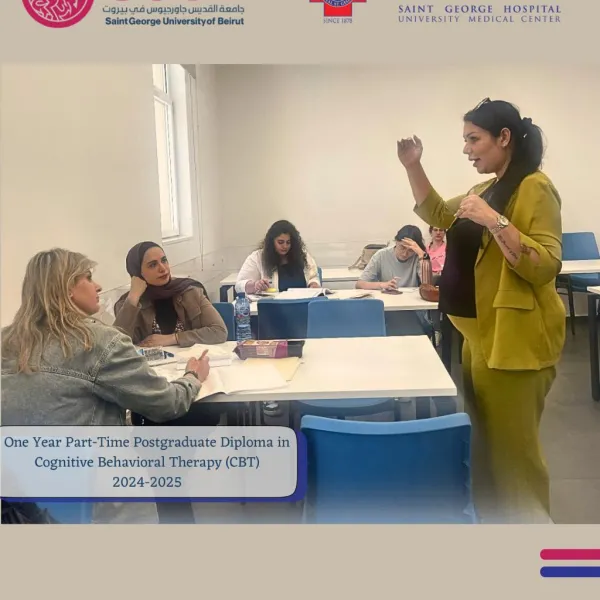The descriptive epidemiology of DSM-IV Adult ADHD in the World Health Organization World Mental Health Surveys
Abstract
We previously reported on the cross-national
epidemiology of ADHD from the first 10 countries in the WHO World Mental Health (WMH) Surveys. The current report expands those previous findings to the 20 nationally or regionally representative WMH surveys that have now collected data on adult ADHD. The Composite International Diagnostic Interview (CIDI) was administered to 26,744 respondents in these surveys in high-, upper-middle-, and low-/lower-middle-income countries (68.5% mean response rate). Current DSM-IV/CIDI Adult ADHD prevalence averaged 2.8% across surveys and was higher in high (3.6%)- and upper-middle (3.0%)- than low-/lower-middle (1.4%)-income countries. Conditional prevalence of current ADHD averaged 57.0% among childhood cases and 41.1% among childhood subthreshold cases. Adult ADHD was significantly related to being male, previously married, and low education. Adult ADHD was highly comorbid with DSM-IV/CIDI anxiety, mood, behavior, and substance disorders and significantly associated with role impairments (days out of role, impaired cognition, and social interactions) when controlling for comorbidities. Treatment seeking was low in all countries and targeted largely to comorbid conditions rather than to ADHD. These results show that adult ADHD is prevalent, seriously impairing, and highly comorbid but vastly under-recognized and under-treated across countries and cultures. Atten Defic Hyperact Disord. 2016 Nov 19.
To obtain complete access to the article, please send an email to idraac@idraac.org, in which you specify your position and the reason for your request.



